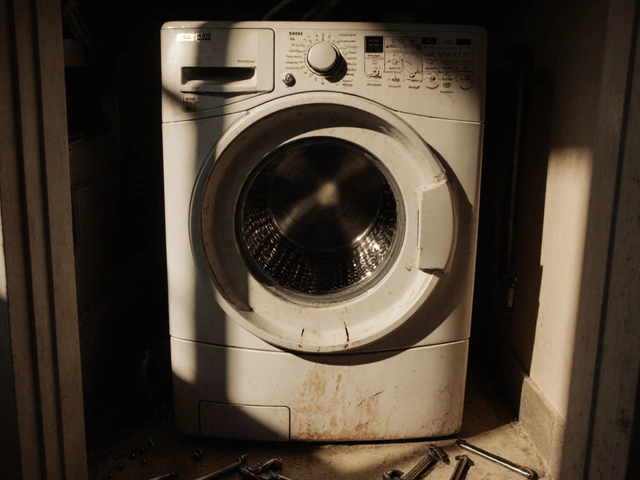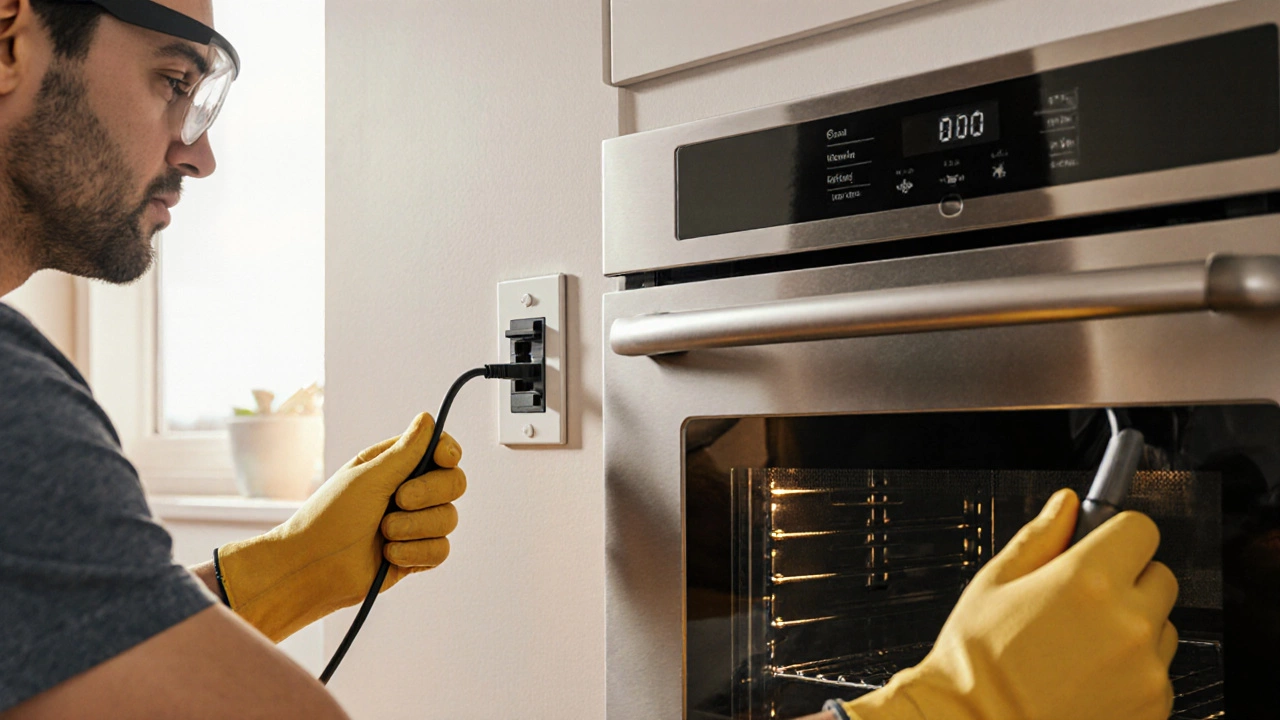Oven Error Codes – What They Mean and How to Fix Them
When dealing with Oven error codes, a set of numeric or alphanumeric signals displayed by modern ovens to indicate specific faults or operational issues. Also known as error messages, they help technicians pinpoint problems quickly. The codes are generated by the oven control board, the electronic hub that manages heating cycles, temperature settings, and error code generation, communicated through the oven heating element, the component that actually produces heat inside the cavity, and monitored by the temperature sensor, a probe that measures internal oven temperature and feeds data back to the control board. Understanding how these parts interact is the first step toward a successful fix.
Why Knowing the Codes Saves Time and Money
Most homeowners try to guess the problem by opening the back of the oven or swapping parts blindly. That approach often leads to extra trips to the repair shop and higher bills. By reading the error code, you can narrow the issue to a specific subsystem – for example, a “F71” code on many models points directly to a faulty temperature sensor, while “E15” usually flags a control board communication error. This precise information lets a qualified oven repair technician, a specialist trained to diagnose and replace oven components safely focus on the right part, reducing labor time and part waste. In short, the code is a shortcut that cuts out the guesswork.
Diagnosing an oven isn’t just about reading a number; it also involves confirming the code’s context. A flashing display may indicate a power surge, a loose wire, or a failing thermostat. Simple checks like verifying the oven is properly plugged in, resetting the circuit breaker, or cleaning dust from the control board can clear false alarms. If the code persists after these steps, the next move is to test the suspect component with a multimeter – for instance, measuring resistance across the heating element to see if it matches the manufacturer’s specs. This methodical approach aligns with the semantic triple: Oven error codes require component testing, and Component testing influences repair decisions.
Our collection below covers the most common codes you’ll encounter, explains what each component does, and offers step‑by‑step guidance on when to DIY and when to call a professional. Whether you’re curious about why an oven won’t heat, how to replace a control board, or what a blinking “E0” really means, the articles provide clear, actionable advice backed by real‑world experience.
Ready to dive into the specifics? Below you’ll find detailed posts that break down each error, show you diagnostic tricks, and point out the exact parts that may need attention. Grab the right tools, follow the safety tips, and you’ll be able to interpret those codes like a pro.






